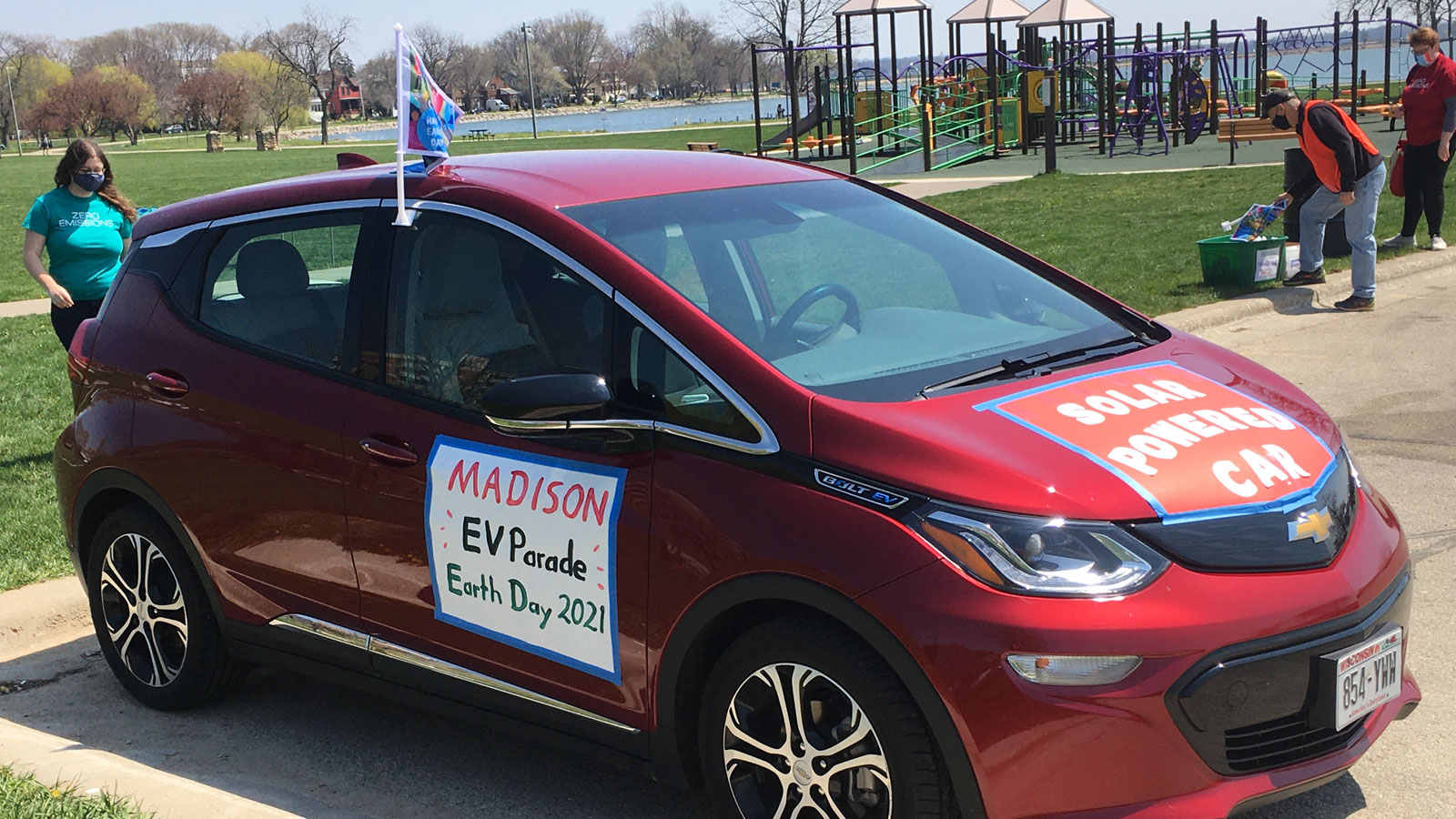Many nonprofits operate on tight budgets. So if they need to buy a car or van, electric vehicles are attractive because EVs cost less to fuel and maintain.
But the up-front price of EVs can be a barrier. And nonprofits cannot take advantage of tax credits that are available to individuals or companies.
“If we can get these vehicles into the communities that need them, that’s going to save them money over a long period of time, and it’s going to help our environment as well,” says Sam Dunaiski of Renew Wisconsin.
Last year, his organization began offering grants to help nonprofits in low-income communities buy electric vehicles.
The grants cover 20% of the cost of a new or used EV. So far, they’ve gone toward cargo vans, groundskeeping vehicles, and a taxi for seniors.
In return, grantees promote EVs to their communities, for example, by hosting ride and drive events where people can try out an EV: “for them to just see how great these cars work, how quiet they are, how nice they are,” Dunaiski says.
He says he hopes this helps more people get excited about driving electric.
“These vehicles are for everyone,” he says. “They’re not just for rich and affluent people. They can really have extremely good benefits for every individual or every organization that chooses to get one.”
Also see: A brief introduction to climate change and transportation
Reporting credit: Stephanie Manuzak/ChavoBart Digital Media
Source link


